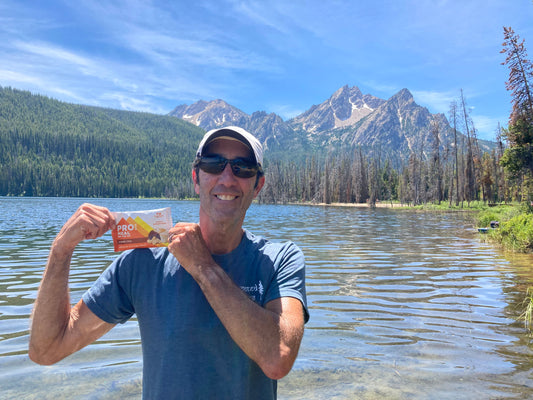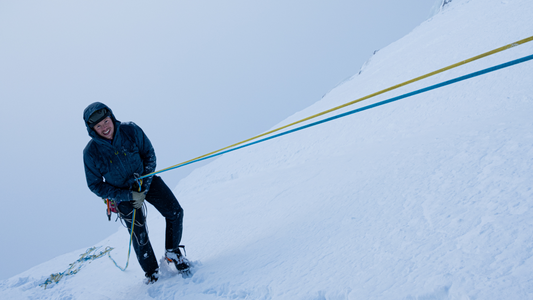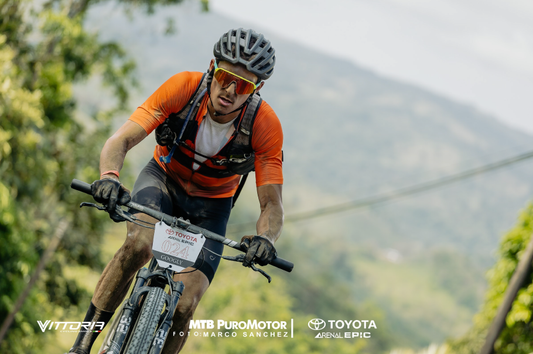Rhode-Island based photographer, Megan Brief shares how she got started shooting Wildlife photography and her best tips to help our readers document their own adventures!
"Before my family got their first digital camera, I would go outside and sketch any animals that I stumbled upon. The drawings lacked artistic talent and biological accuracy, but I still really enjoyed capturing their hidden lives—big and small.
I spent the early 2000s imagining I had super powers with the super zoom lens. Suddenly, I was able to use technology to observe insects and the “invisible” creatures beyond our purview. Later, I borrowed my dad’s iPhone, insisting there was a microcosm to be seen, I only needed a minute to get a photo of it.
His storage space quickly filled up, as did mine when I upgraded.

I spent a few years borrowing my aunt’s camera with her portrait lens, only to use it for wildlife purposes. During COVID, I purchased my very own Sony mirrorless camera.
Now I bring my A7III with me everywhere! The 24-70mm GM lens is my go-to, but I am saving up for a telephoto lens that can help me reach animals on land and in the sky.

The biggest step in my process has been practicing in my own backyard. National Geographic encourages photographers to shoot what’s within their immediate orbit until you’ve told its story from every possible perspective.
I love to travel and I especially love to meet new species I’ve only read about, but nothing is worse than getting an overexposed or grainy photo of a rare animal because you’re not quick enough on the trigger.
Make the ordinary interesting!
Experiment and don’t be afraid to lay down in the dirt for a unique angle.

Composing a visually compelling photo really comes down to patience. For years, I made do without zoom capabilities and it taught me how to get as close as possible to animals without disturbing them.
Sometimes, when I am still enough, they will even approach me! It’s not just about waiting for them to make eye contact with you though, or for them to play with their kin or attack their prey; because nature is so unpredictable, you have to be willing to adapt to their behavioral patterns - rain or shine.
For example, if you want to scope out the wolves of Yellowstone, you have to be out of bed by 4am. If you want to photograph the mating rituals of the cock-of-the-rock, well then, you have to trek for hours through an Ecuadorian rainforest ankle-deep in mud, then wade through a rushing river full of fishing spiders all before sunrise.
My best advice is to prepare to be uncomfortable, pack some snacks and embrace the adventure!










